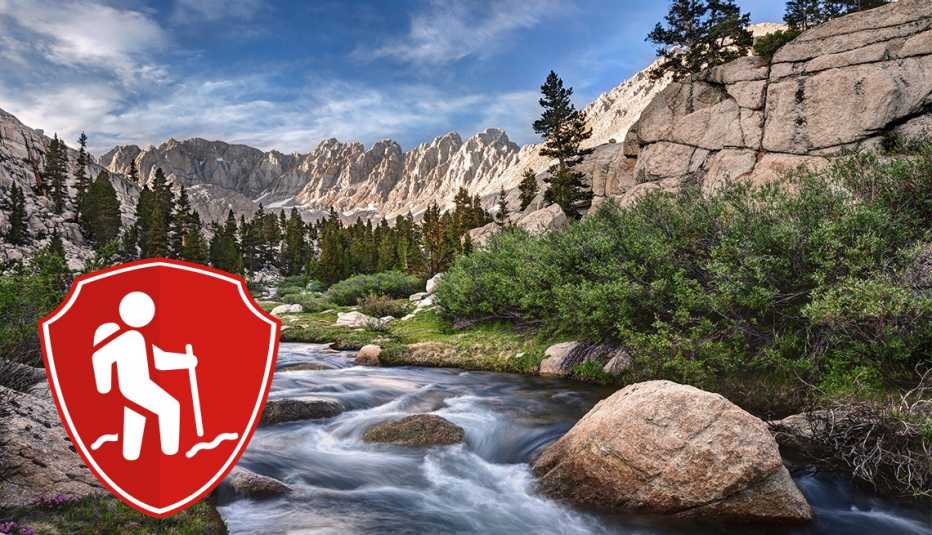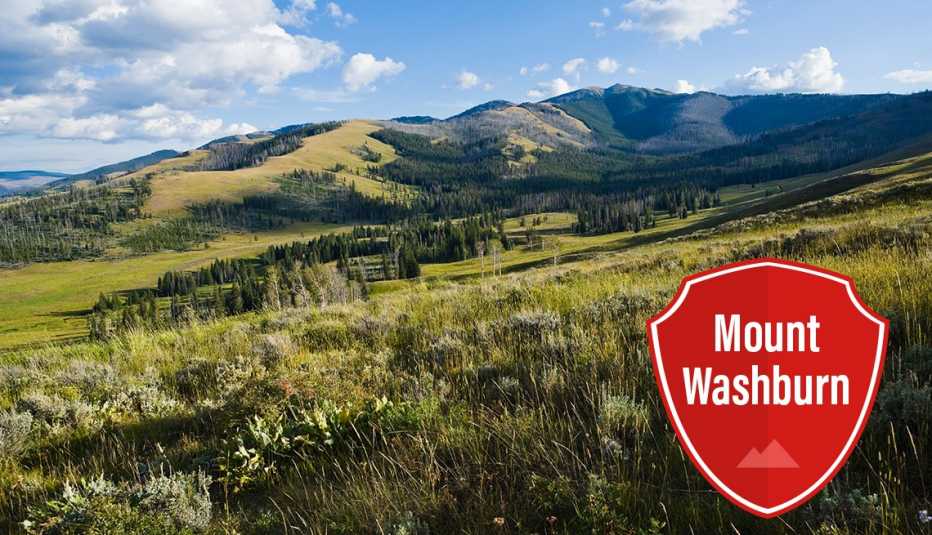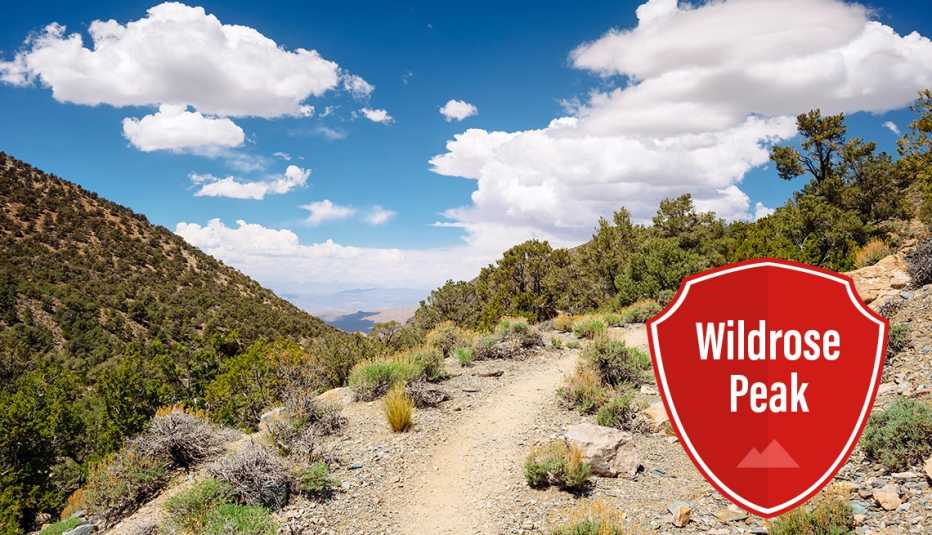Staying Fit


What is it about our desire to get to mountain summits? George Mallory, before his fatal attempt to climb Mount Everest in 1924, answered most memorably with “because it’s there.” Other reasons: gorgeous views at the top and a nice feeling of accomplishment. Many mountains in the national parks have well-marked and maintained trails that lead hikers to their peaks and can be walked in the space of a day. (Some are very challenging, but we’ve noted where going partway offers a satisfying trek as well.) Here are some of our favorites.




AARP Membership— $12 for your first year when you sign up for Automatic Renewal
Get instant access to members-only products and hundreds of discounts, a free second membership, and a subscription to AARP the Magazine.
Mount Washburn (Yellowstone National Park, Wyoming)
Mount Washburn is one of the most accessible high mountains in this crown-jewel park, and offers a variety of attractions, including outstanding views. The shortest route to the top of this 10,243-foot peak is a pleasant walk up the old Chittenden Road; this well-graded, gravel road is open only to official vehicles and is rarely used. The walk ascends 3.1 miles and climbs about 1,500 feet, making for a hike of only moderate challenge. Along the way, you’re likely to be dazzled by wildflowers, pass snow drifts that may last until August, and see bighorn sheep — either on the open slopes of the mountain or at its summit. The mountain marks the northern edge of the giant caldera that defines much of Yellowstone. At the summit you’ll find a fire lookout (still in use), a small visitor center and expansive views all the way to the Teton Mountains to the south.
Time required: about three hours roundtrip
Difficulty: moderate


Cadillac Mountain (Acadia National Park, Maine)
Cadillac Mountain is the highest in the park and the first place the sun strikes the continental U.S. during much of the year. The summit is only a little over 1,500 feet, but most hikers start near sea level, so it’s a substantive climb. We suggest picking up the trail where it crosses Maine Rt. 3 (there’s plenty of roadside parking), making for a roundtrip hike of 7 miles. The South Ridge Trail offers a long, gradual ascent, and the occasional scramble up and over rock ledges only adds to the adventure. Hikers quickly rise above tree line to appreciate far-reaching views. Look for evidence of the glaciers that retreated some 10,000 years ago — the summit’s distinctive rounded dome and the smoothly polished granite under your feet are good examples.
Time required: about four hours roundtrip
Difficulty: moderate
Shorter option: 1 mile up to Eagles Crag Loop, which offers clifftop panoramic views


Guadalupe Peak (Guadalupe Mountains National Park, Texas)
A 400-mile reef of undersea fossils that has been uplifted by tectonic forces, the Guadalupe Mountains may be the most unusual in the national parks. The park’s most iconic hike climbs its namesake peak, the highest in all of Texas. This 8.4-mile (roundtrip) hike rises 3,000 feet to reach the mountain peak at 8,751 feet. The journey starts among the cactuses and yuccas of the Chihuahuan Desert, rises gently through pine forests, and finally scrambles up the exposed bald of the summit. Views from the top are humbling and can extend 100 miles or more.






































































More on Travel
8 Top Rail Trails for Biking
Cycling paths across the U.S. that offer smooth rides and plenty of scenery15 Wonderful National Wildlife Refuges
Visit these peaceful natural havens near busy national parks
10 Top Campgrounds in and Around National Parks
Great spots for tent or RV camping near Acadia, Yosemite and moreRecommended for You